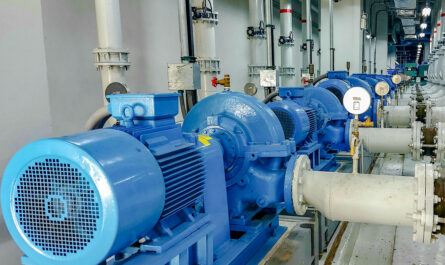With modern aerial warfare requiring precision targeting of objectives, weapons carriage and release systems play a vital role in equipping aircrafts with the capability to deliver munitions accurately. These specialized systems allow aircrafts to internally or externally transport various bombs, missiles, rockets, and other weapons payloads before precisely releasing them at the intended targets. In this article, we will examine some of the key categories, components, and technologies utilized in modern weapons carriage and release systems.
Internal versus External Carriage
Weapons can be carried internally or externally depending on the aircraft design and the specific mission requirements. Internal carriage keeps the weapons enclosed within bays inside the aircraft, protecting them from aerodynamic interference. However, it limits the weapons load due to space constraints. External carriage mounted on wings and fuselage hardpoints allows carrying heavier payloads but increases drag. Most modern combat aircrafts offer both options to balance load capacity and aerodynamics.
Pylon Design and Components
Whether internally or externally mounted, weapons require dedicated pylons or racks to be fixed securely to designated hardpoints on the aircraft. A pylon consists of an aerodynamic faired structure along with attachment lugs, locks, electrical and mechanical interfaces to integrate the weapon with the aircraft systems. For external carriage, pylons must be structurally very robust to withstand high loads during flight and release events. Their design also aims to minimise interference with the aircraft’s airflows.
Weapon Interface and Controls
Communicating controls between the aircraft and weapons is critical. Electromechanical interfaces allow weapons to receive targeting/release commands from the aircraft’s computers and fire control systems. These generally include multi-pin electrical connectors/jacks, control/data buses for signals exchange. Hydraulic and pneumatic lines may actuate weapons components. For externally carried weapons, umbilical cords ensure electrical power and control signals until separation.
Release Mechanisms
Once a target is acquired, Weapons Carriage need to be cleanly released from the aircraft. Modern electro-mechanical/explosive operated separation systems allow weapons to be safely jettisoned on command. For externally mounted weapons, both jettisonable and separable pylons are used. Rack ejector rails on some aircraft gently slide weapons internally. For missiles, detachable launchers separate after burnout. It ensures safe separation distances for engagement.
Guidance and Flight Control Systems
Advanced guidance technologies enable precision delivery. Inertial measurement and GPS/GLONASS receivers give precise location and flight data to weapons. For GPS-guided bombs, this eliminates the need for aircraft targeting pods. Imaging infrared, semi-active laser systems guide weapons to laser-designated targets. For missiles, infrared homing, active radar homing and anti-radiation seeking enable beyond visual range strikes. Canards and flight control fins at the rear steer weapons in glide and powered flight.
Weapon Management and Delivery Systems
Onboard weapons delivery management systems help optimize payload configurations for missions. They factor weapon types, weights, ballistic properties, fuse settings, aim points, delivery parameters to achieve mission success safely within loads, fuel and operational envelopes. Based on target coordinates from sensors or datalinks, automated delivery systems compute weapon release times/positions for accurate target engagement using updated platform and target location data during weapon flights. On some aircraft, these systems can be over-ridden by pilots for manual weapon delivery.
In summary, modern weapons carriage and release technologies enable aircrafts to operationally transform into lethal yet precise strike platforms. These specialized systems allow aircrafts to combine internal and external load-carrying capabilities with delivery methods integrating multiple advanced technologies that optimize weapon selections, configurations, interface and guidance capabilities for pilot/employment accuracy across various targeting scenarios. With ongoing advancements, these systems will continue enhancing aerial weapon employment flexibility and effectiveness for military operators into the future.
*Note:
1. Source: Coherent Market Insights, Public sources, Desk research
2. We have leveraged AI tools to mine information and compile it



